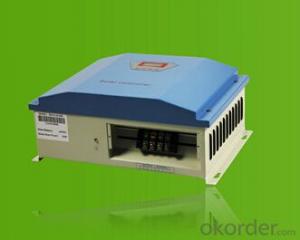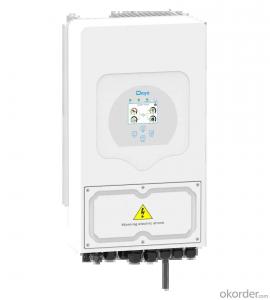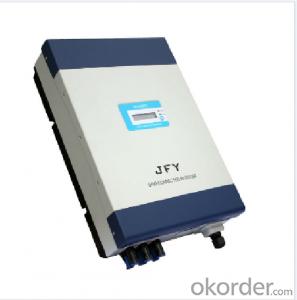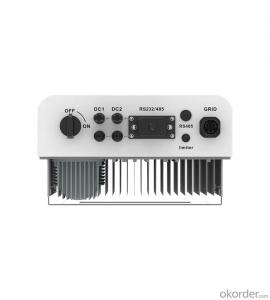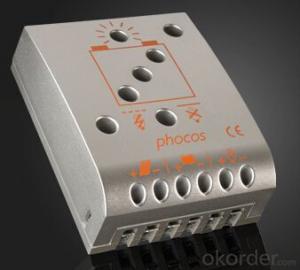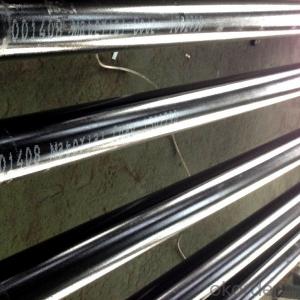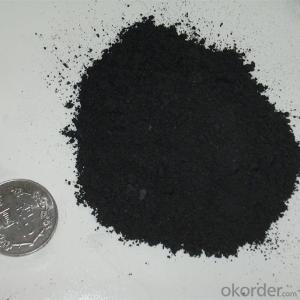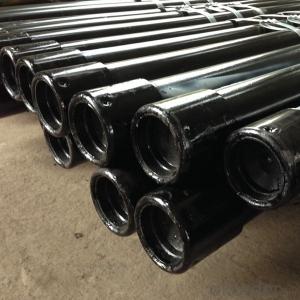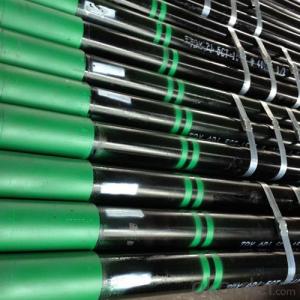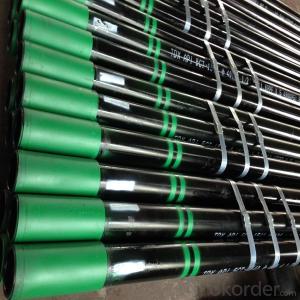Mppt Solar Inverter 5kw
Mppt Solar Inverter 5kw Related Searches
5kw Mppt Solar Inverter 5kva Mppt Solar Inverter 5kva/48v Mppt Solar Inverter Solar 5kw Inverter 5kw Solar Inverter 5kw Solar Power Inverter Solar Power 5kw Inverter 5kw Solar Panel Inverter Solar 5kva Inverter Mppt Solar Inverter 5kv Solar Inverter 5 Kilowatt Solar Inverter Mppt Solar Power Inverter 5kva Solar Inverter 5kw Solar Hybrid Inverter Inverter For 5kw Solar System Mppt Inverter Solar 5kw Inverter Solar System 2kw Mppt Solar Inverter 5 Kva Solar Inverter 5kw Hybrid Solar Inverter Hybrid Solar Inverter 5kw Growatt Solar Inverter 5kw 5kw Solar Inverter For Sale 2.5 Kva Mppt Solar Inverter 5k Solar Inverter Mppt Solar Pump Inverter Growatt 5kw Solar Inverter 1kw Mppt Solar Inverter 5kw 3 Phase Solar InverterMppt Solar Inverter 5kw Supplier & Manufacturer from China
The Mppt Solar Inverter 5kw is a high-performance solar power conversion device designed to optimize the efficiency of solar energy systems. It features advanced Maximum Power Point Tracking (MPPT) technology, which ensures that the inverter extracts the maximum possible power from the solar panels at any given time. This product is essential for residential and commercial solar energy installations, as it helps to maximize energy production and reduce energy costs.The Mppt Solar Inverter 5kw is widely used in various applications, such as off-grid solar systems, grid-tied solar systems, and hybrid solar systems. It is particularly suitable for areas with fluctuating sunlight conditions, as the MPPT technology ensures that the inverter can adapt to changing solar irradiance levels. This product is also ideal for remote locations where grid electricity is not available or unreliable, providing a reliable source of power for homes, businesses, and other facilities.
Okorder.com is a leading wholesale supplier of the Mppt Solar Inverter 5kw, offering a large inventory of this product to cater to the needs of various customers. As a reputable supplier, Okorder.com ensures that the Mppt Solar Inverter 5kw is of the highest quality and is backed by excellent customer service and support. By partnering with Okorder.com, customers can be confident that they are receiving a reliable and efficient solar power conversion solution for their energy needs.
Hot Products




